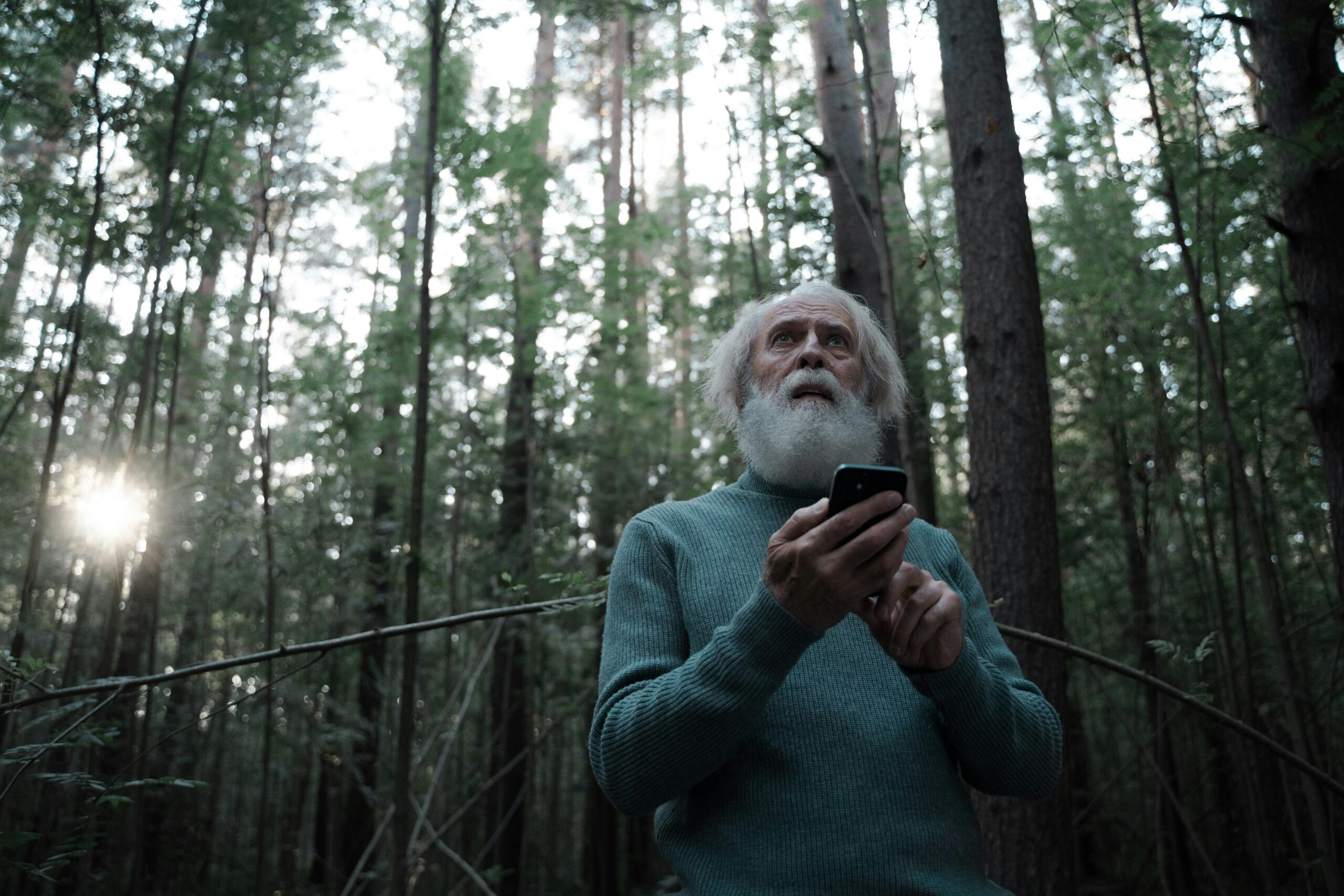There’s no shortage of AI tools out there promising to make your marketing life easier. Not only ChatGPT, Gemini, but also AdsGPT, Copy.ai, AdCreative.ai… You name it.
With just a few clicks, they’ll churn out headlines, ad descriptions, and social captions faster than you can make a cup of coffee. It’s a marketer’s dream, right?
Not quite.
The rise of generative ad copy has sparked an uncomfortable debate across the marketing world: Is AI killing brand voice? On the surface, it might seem like it. Many ads flooding our feeds sound eerily similar, polished, keyword-rich, but oddly soulless. You can spot AI-written copy a mile away. It reads cleanly, it ticks the boxes… but it rarely makes you feel anything.
The truth, though, is more nuanced. AI isn’t necessarily killing brand voice, but people misusing AI are.
The Efficiency Trap
Let’s start with the obvious. Generative AI is brilliant for speed and scale. You can go from blank page to “ready-to-post” in seconds. But that efficiency comes with a cost.
Marketers have been debating this very issue: how over-reliance on AI tools has led to a wave of generic ads that all sound the same. It’s the efficiency trap; you save time but lose distinction.
When every brand uses similar tools with similar prompts, you end up with homogenised messaging. The voice that once made your brand unique gets diluted into something safe, forgettable, and painfully familiar.
Where Connection Gets Lost
A marketer on LinkedIn put it perfectly: AI-generated copy reads like AI copy, and it’s likely hurting your brand more than helping it.
Why? Because good advertising isn’t just about stringing words together. It’s about connection. It’s about making your audience feel understood, as if the person behind the message genuinely gets them.
When your copy lacks that human touch, it communicates something subtle but damaging: we don’t care enough to craft our own message. It gives off a sense of laziness or detachment, especially in industries that rely heavily on trust and emotion.
And this is especially ironic for branding agencies, whose entire job is to help businesses express their unique identity. Dropping raw AI copy into an ad says the opposite of what branding should stand for.

AI Isn’t the Villain. It’s a Tool
So, what’s the alternative? It’s not about rejecting AI entirely. Used wisely, generative tools can actually help you strengthen your brand voice.
The key is how you use them.
If you take the time to train your AI with your brand guidelines, your tone of voice, and examples of what good copy looks like for your business, you’ll start getting output that aligns much more closely with your brand personality. You can also refine the prompts you feed it. Instead of “write ad copy for my coffee shop”, try “write in a warm, conversational tone that reflects our Irish hospitality and passion for quality coffee”.
But even with the best AI setup in the world, you still need the human touch. That’s where you review, rewrite, and reframe the output, turning it from “content” into communication.
AI can help you get started, but it can’t replace your empathy, creativity, or cultural instinct. It doesn’t know your audience the way you do. It doesn’t sense timing, nuance, or humour.
Reclaiming Brand Voice in the Age of AI
So, is generative ad copy killing brand voice? Not if we don’t let it.
What’s killing brand voice is the complacency that comes with convenience. The temptation to settle for “good enough” because the machine says so.
The brands that will stand out in the AI era aren’t the ones that ditch technology; they’re the ones that humanise it. They’ll use AI for structure, but keep people in the loop for soul. They’ll use prompts strategically, edit with empathy, and never forget who they’re really talking to.
Because at the end of the day, your audience doesn’t want to hear from a machine. They want to hear from you.
So, before hitting “publish” on that next AI-generated ad, take a moment to pause and ask:
- Does this sound like us?
- Does it reflect what we stand for?
- Would it make our audience stop, smile, or feel something?
If the answer’s no, then maybe it’s time to train your AI a little better or better yet, trust your own voice again.

Final thought
AI isn’t here to replace marketers or creatives; it’s here to challenge us to be better. To think harder about what we say, why we say it, and how we make people care.
Brand voice isn’t dying. It’s just waiting for us to reclaim it.
If you want a digital marketing agency that protects your brand voice while using AI the right way, contact us and let’s discuss.


